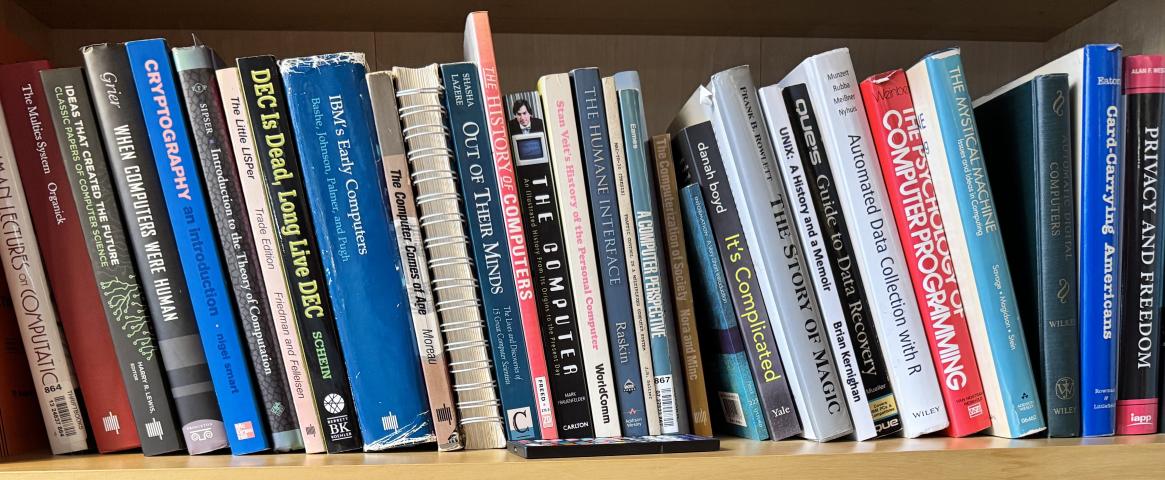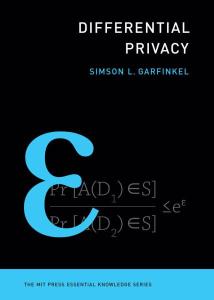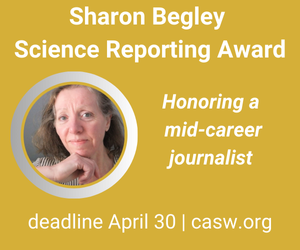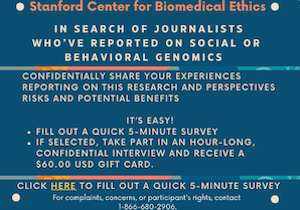
Simson L. Garfinkel—Differential Privacy
(The MIT Press Essential Knowledge series)
Simson L. Garfinkel
MIT Press, March 25, 2025
Paperback, $18.95, eBook, $14.99
Paperback ISBN-13: 9780262551656
eBook ASIN: B0D1NYN5BL
Garfinkel reports:
In addition to my work as a science journalist, I was also the lead computer scientist for the adoption of differential privacy (DP) by the U.S. Census Bureau for the 2020 Census.
DP is a new mathematical approach for protecting privacy in statistical releases. It’s gotten a lot of traction among computer scientists and tech giants like Google and Microsoft. The approach is also highly controversial within some academic disciplines, because DP adds noise—random numbers—to statistics before they are published, making them less accurate, even though they also are more privacy-preserving.
I was also one of the public voices explaining why the Census Bureau was adopting DP. Based on those experiences, MIT Press asked me to write a book for non-experts explaining what DP is and why the Census Bureau decided to use it. The book is part of the MIT Press Essential Knowledge Series, which now includes more than 100 short volumes, typically about 30,000 words long, on important topics for non-specialists.Although academic presses typically don’t pay significant advances, I had recently learned the Alfred P. Sloan Foundation offered grants for science books, and that several books by NASW members had been funded in part by the Foundation. I submitted a proposal and was selected!
The generous grant paid not only for my expenses but also for illustrations by the award-winning political cartoonist Ted Rall and for an amazing round of fact-checking by Matt Mahoney.
It also paid for the MIT Press Open Access Fee, making a PDF of the book freely available from the MIT press website.
Most of my science books have been quite long. My book on quantum computing is 600 pages! This book was a good reminder that smaller books may have far more impact than their larger cousins. They also frequently are easier to write and produce.
Contact info:
- Simson L. Garfinkel: 202-322-8411, simsong@nasw.org
- Book: Differential Privacy
- Publicist: David Olsen, daolsen@mit.edu
NASW members: will your book be published soon? Promote it by submitting your report for Advance Copy.
Tell your fellow NASW members how you came up with the idea for your book, developed a proposal, found an agent and publisher, funded and conducted research, and put the book together. Include what you wish you had known before you began working on your book, or had done differently.
See https://www.nasw.org/advance-copy-submission-guidelines. NASW member login required.
View Advance Copy archives at https://www.nasw.org/member-article/advance-copy.
Thinking of writing a book? If you are a NASW member, you may access a list of more than 200 books and online resources to help you craft your book proposal, find an agent and funding sources, negotiate your contract, learn about self-publishing, publicize and market your book, and more at https://www.nasw.org/article/write-book.
View the recording of a Advance Copy Virtual Business Chat, A Primer for Authors on Book Publicity. NASW member login required.
View the recording of a Virtual Business Chat presented by NASW’s Freelance Committee and Advance Copy column Writing Wikipedia Profiles. NASW member login required.
View the recording of a recent Virtual Skills Chat presented by NASW’s Editing Committee How to Break into Editing. NASW member login required.
View the recording of a recent Virtual Skills Chat presented by NASW’s Freelance Committee Using Generative A.I. as Writers and Editors. NASW member login required.
Send book info and questions about book publishing to Lynne Lamberg, NASW book editor, llamberg@nasw.org.
Follow @LynneLamberg and @lynnelamberg.bsky.social for news about NASW authors, science/medical books, and writing.
Banner image adapted from original photo by Simson Garfinkel.
NASW invites publishers and publicists to purchase NASW website ads to promote their authors and books via NASW’s self-service purchasing portal.
Advance Copy
The path from idea to book may take myriad routes. The Advance Copy column, started in 2000 by NASW volunteer book editor Lynne Lamberg, features NASW authors telling the stories behind their books. Authors are asked to report how they got their idea, honed it into a proposal, found an agent and a publisher, funded and conducted their research, and organized their writing process. They also are asked to share what they wish they’d known when they started or would do differently next time, and what advice they can offer aspiring authors. Lamberg edits the authors’ answers to produce the Advance Copy reports.
NASW members: Will your book be published soon? Visit www.nasw.org/advance-copy-submission-guidelines for information on submitting your report.
Publication of NASW author reports in Advance Copy does not constitute NASW's endorsement of any publication or the ideas, values, or material contained within or espoused by authors or their books. We hope this column stimulates productive discussions on important topics now and in the future as both science and societies progress. We welcome your discussion in the comments section below.





